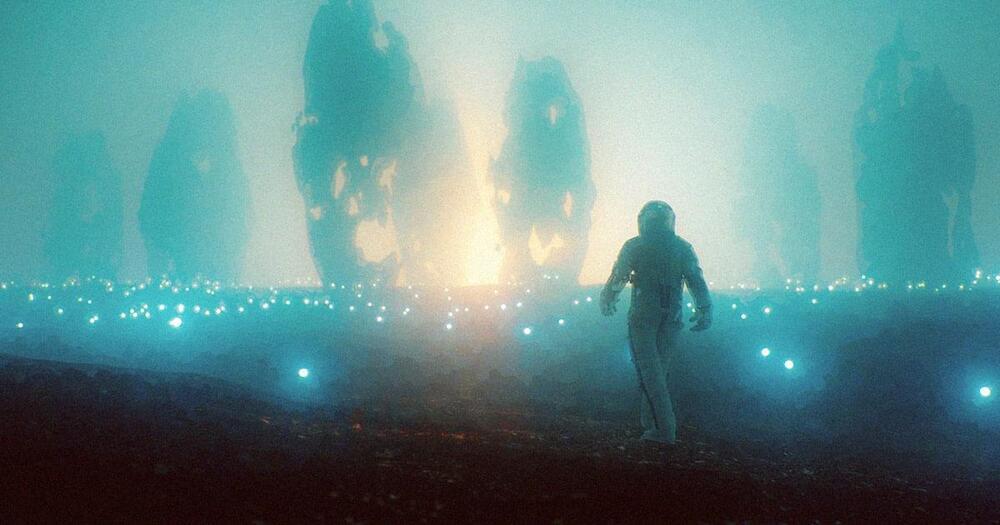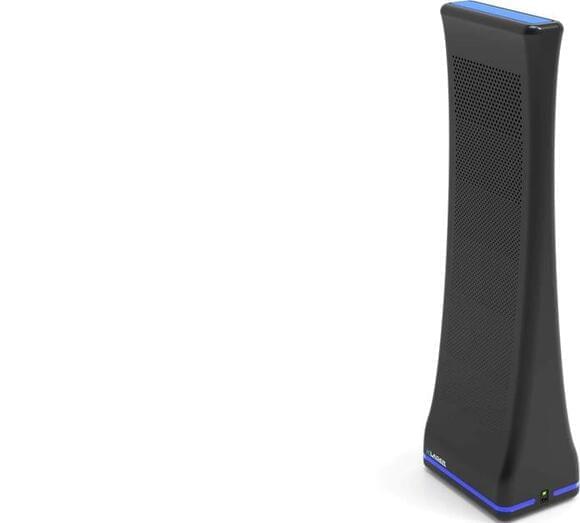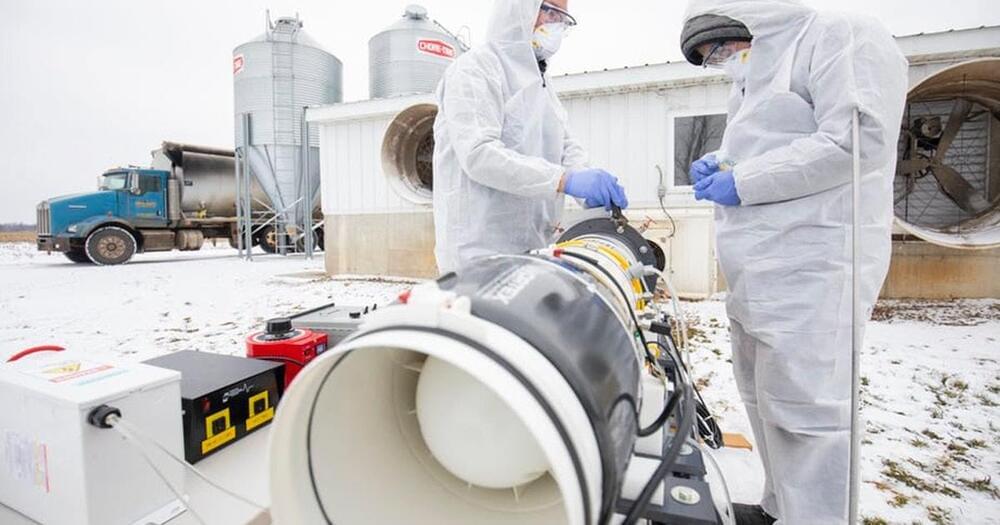Tesla CEO Elon Musk vended about$1.05 billion in stock on Tuesday evening, according to fiscal forms posted this week. The deals were listed in September to exercise options that were set to expire in 2022.Musk has vended a aggregate of$9.85 billion in Tesla stock this month including the$6.9 billion he vended the week ofNov.10 and another$1.9 billion he vended onNov. 15 andNov. 16. Some of the shares were vended in part to satisfy duty scores related to an exercise of stock options. Musk and his trust still hold further than 169 million shares in the company.
Tesla shares fell15.4 the week endedNov.12 marking the worst week for Tesla stock in 20 months after Musk began dealing shares. Shares of Tesla were over about 1 on Wednesday autumn. Musk ran an informal Twitter bean onNov.6 asking his further than 60 million Twitter followers whether or not he should vend 10 of his Tesla stock. The bean eventually ended with druggies telling Musk to vend.
But Musk had formerly indicated before this time he was likely to vend a huge block of his options in the fourth quarter. During an appearance at the Code Conference in September he said when his stock options expire at Tesla his borderline duty rate would be over 50.






